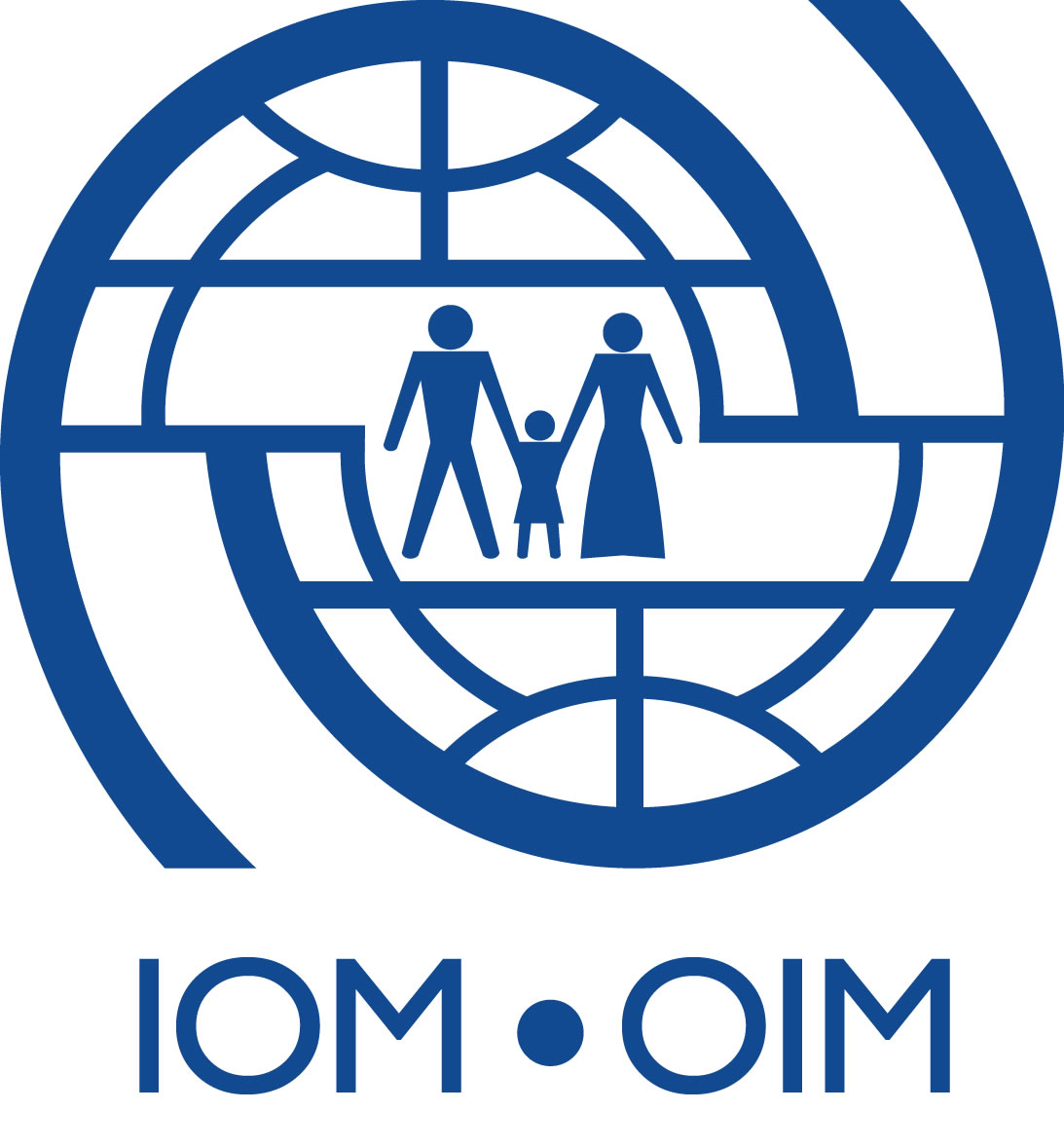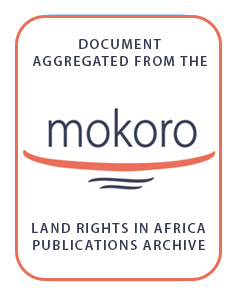Location
Established in 1951, IOM is the leading inter-governmental organization in the field of migration and works closely with governmental, intergovernmental and non-governmental partners.
With 165 member states, a further 8 states holding observer status and offices in over 100 countries, IOM is dedicated to promoting humane and orderly migration for the benefit of all. It does so by providing services and advice to governments and migrants.
IOM works to help ensure the orderly and humane management of migration, to promote international cooperation on migration issues, to assist in the search for practical solutions to migration problems and to provide humanitarian assistance to migrants in need, including refugees and internally displaced people.
The IOM Constitution recognizes the link between migration and economic, social and cultural development, as well as to the right of freedom of movement.
IOM works in the four broad areas of migration management:
- Migration and development
- Facilitating migration
- Regulating migration
- Forced migration.
IOM activities that cut across these areas include the promotion of international migration law, policy debate and guidance, protection of migrants' rights, migration health and the gender dimension of migration.
Members:
Resources
Displaying 1 - 5 of 26Land matters: The role of land policies and laws for environmental migration in Kenya
Matters of environmental migration are frequently looked at from a humanitarian perspective.1 This policy brief will instead look at it with a lens focusing on land issues. The question of environmental migration is inevitably linked to the question of land for several reasons. First, climate and environmental change trigger and accelerate the loss of land due to sea-level rise, coastal erosion, landslides and other forms of land degradation.
On the Move: Critical Migration Themes in ASEAN
Migration has become a critical issue of our times in both transnational politics and the domestic politics of countries of the North and the South. The book considers the complexities of migration in Southeast Asia from multiple perspectives.
Land or Else. Land-Based Conflict, Vulnerability, and Disintegration in Northern Uganda
Includes land and reintegration in Northern Uganda, land hotspots, land dispute resolution mechanisms, Certificates of Customary Ownership, options of freehold and leasehold titles, commercial agricultural investment.
Conflict & Displacement; Current status in Sudan- May 2023
Securing Multiple Ecosystems
General
Securing multiple ecosystems benefit through Sustainable Land Management (SLM) in the productive but degraded landscapes of South Africa






